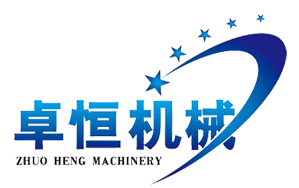A fish feed production line is a process that converts raw materials into pellets for feeding aquatic animals. The pellets can vary in size, shape, texture, and nutritional content depending on the type of fish and the production requirements. A typical fish feed production line consists of the following steps 123:
Material crushing: The raw materials, such as grains, soybean meal, fish meal, bone meal, etc., are crushed into fine powder by a hammer mill or a crusher.
Material mixing: The crushed materials are mixed with water, oil, vitamins, minerals, and other additives in a mixer to form a uniform and moist dough.
Extruding process: The dough is fed into a twin-screw extruder, which applies high pressure and temperature to cook and shape the dough into pellets. The pellets can be either floating or sinking, depending on the density and expansion of the dough.
Pellets drying: The pellets are conveyed to a multi-layer dryer, which uses hot air to reduce the moisture content of the pellets to about 10%.
Oil spraying process: The pellets are sprayed with oil and flavoring agents to enhance their palatability and digestibility.
Pellets cooling: The pellets are cooled down to room temperature by a counter-flow cooler, which prevents cracking and agglomeration of the pellets.
Pellet packing: The pellets are weighed and packed into bags or boxes by a packaging machine, ready for storage or transportation.
The fish feed production line is a highly automated and efficient system that can produce various kinds of pellets for different fish species and aquaculture conditions. It can also be customized according to the specific needs and preferences of the customers.
